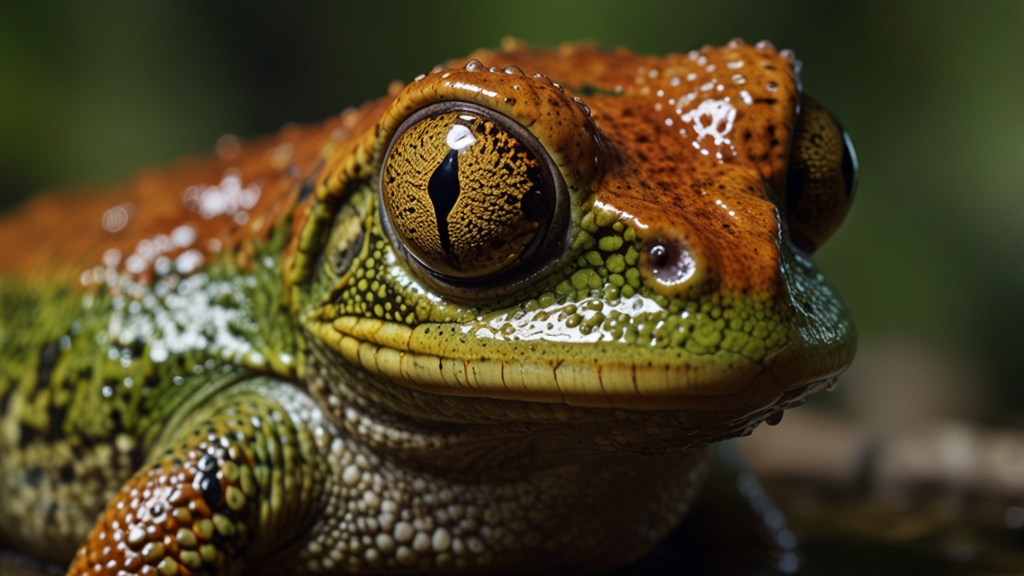Nature's Last Line of Defense: Protecting Endangered Animals
Across the globe, many animal species are teetering on the brink of extinction. Human activities such as deforestation, poaching, and pollution have greatly accelerated the decline of wildlife populations. However, amidst these challenges, nature has its own way of defending its most vulnerable inhabitants. This article delves into the various efforts and natural mechanisms that serve as the last line of defense for endangered animals.
The Role of Conservation Efforts
Conservation organizations play a crucial role in safeguarding endangered species. These groups work tirelessly to create protected areas, enforce anti-poaching laws, and rescue animals from dangerous situations. By collaborating with local communities and governments, they ensure that habitats are preserved and wildlife corridors are maintained.
"Conservation is a state of harmony between men and land." - Aldo Leopold
Protected areas such as national parks and wildlife reserves are vital for the survival of endangered species. These areas provide a safe haven where animals can live and reproduce without the constant threat of human interference. Conservationists also employ advanced technologies like tracking collars and drones to monitor animal populations and respond swiftly to any emerging threats.
Natural Mechanisms of Defense
Nature itself has evolved myriad ways to protect its creatures. Some animals have developed remarkable adaptations to evade predators and survive in harsh environments. For instance, the pangolin's scales provide effective armor against predators, while the chameleon's ability to change color offers an excellent disguise in its habitat.
Additionally, ecosystems have natural checks and balances that keep populations in check and maintain biodiversity. Predators play a crucial role in controlling the number of herbivores, thereby preventing overgrazing and ensuring the health of plant communities. This delicate balance highlights the importance of every species in an ecosystem.
"In the end, we will conserve only what we love; we will love only what we understand; and we will understand only what we are taught." - Baba Dioum
Plant life also contributes to the defense of endangered animals. Forests and wetlands act as buffers against natural disasters such as floods and wildfires. Mangrove forests, for example, protect coastal areas from storm surges and provide essential breeding grounds for many marine species.
Community Involvement
Local communities are indispensable allies in the fight to protect endangered animals. When communities understand the value of wildlife and are empowered to take action, conservation efforts become more effective and sustainable. Community-based conservation programs educate locals about the importance of biodiversity and involve them in monitoring and protecting wildlife.
Ecotourism has emerged as a powerful tool for conservation and community development. By attracting tourists to wildlife-rich areas, it generates revenue that can be reinvested into conservation projects. Furthermore, it creates economic incentives for locals to protect wildlife rather than exploit it.
The Importance of Legislation
Strong legislation and enforcement are critical in the fight against wildlife trafficking and habitat destruction. International agreements like the Convention on International Trade in Endangered Species of Wild Fauna and Flora (CITES) regulate the trade of endangered species and ensure their protection across borders.
National governments must also enact and enforce laws that protect endangered species and their habitats. This includes imposing strict penalties for poaching, deforestation, and illegal trade. Public awareness campaigns can help garner support for these laws and encourage citizens to report illegal activities.
"We won't have a society if we destroy the environment." - Margaret Mead
The Road Ahead
While significant strides have been made in protecting endangered animals, much work remains to be done. The combined efforts of conservation organizations, local communities, and governments are essential in ensuring that future generations can coexist with a diverse range of wildlife.
By continuing to support conservation initiatives, embracing sustainable practices, and advocating for robust environmental legislation, we can uphold nature's last line of defense and create a more harmonious world for all living beings.
In conclusion, protecting endangered animals requires a multifaceted approach that includes conservation efforts, natural mechanisms, community involvement, and strong legislation. Together, these efforts form nature's last line of defense, ensuring that endangered species can thrive and contribute to the planet's biodiversity.










